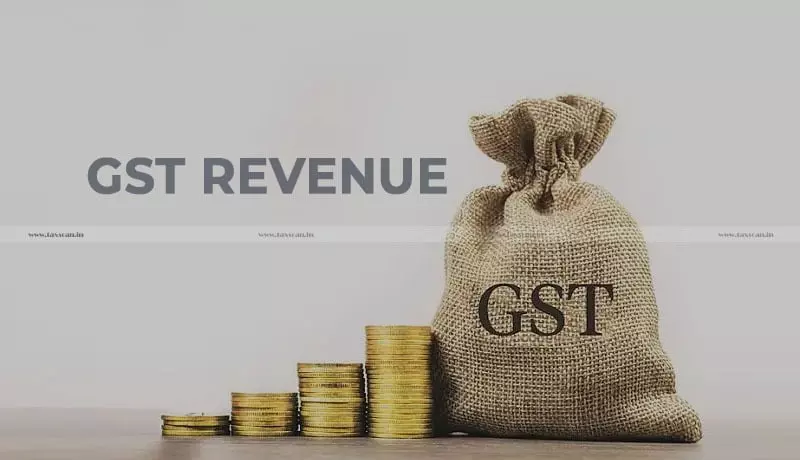India's GST Revenue Hits ₹1.96 Trillion in October, Driven by Festive Demand and GST 2.0
This is driven by the festive demand and significantly the reduction of tax rate which came to effect on 22 Sept, 2025.

India's gross Goods and Services Tax (GST) collection surged to a record ₹1.96 trillion (approximately $23.5 billion) in October, marking the strongest monthly performance since the tax was implemented, according to preliminary government data released on Friday.
The figure, higher than the previous month's collection, represents a robust 13% year-on-year growth, underscoring strong economic momentum and heightened consumer activity during the country's key festival season.
October's revenues reflect transactions from September, a period leading up to major festivals like Dussehra and Diwali, which typically see an uptick in purchases of automobiles, electronics, and household goods.
Read More: GST Record Time: Registration approved within Less than an Hour
The consistent surge is also attributed to enhanced efforts in tax compliance and enforcement. The government has aggressively used data analytics and e-invoicing systems to crack down on tax evasion, leading to a wider tax base and more honest reporting of transactions.
Know Practical Aspects of Tax Planning, Click Here
The impressive performance in October is expected to bolster the central and state governments' finances, providing additional fiscal headroom for infrastructure spending and social welfare schemes, crucial components of India's long-term economic strategy.
Economists project that if the current compliance and consumption trends continue, the overall annual GST collections could comfortably exceed budgeted targets.
It is also significant to mention the government reduced taxes which was effective from September 22 also known as GST 2.0.
Key Features of GST 2.0
The main components of the reforms include:
● Simplified Tax Structure: The multi-slab system (with rates like 5%, 12%, 18%, and 28%) has been primarily rationalized into two main tax rates: 5% (merit rate for essentials) and 18% (standard rate for most goods and services).
● New 40% Slab: A higher demerit rate of 40% was introduced for luxury and "sin" goods like pan masala, tobacco products, aerated drinks, high-end cars, yachts, and private aircraft.
● Reduced Rates on Essentials and Consumer Durables: Many daily-use items, medicines, health insurance premiums, certain agricultural goods, small cars, and two-wheelers saw significant GST reductions or full exemptions to make them more affordable for the common man.
● Ease of Doing Business: The reforms include process simplifications such as automated registration for low-risk taxpayers, faster input tax credit (ITC) claims, and pre-filled GST returns to reduce compliance costs for businesses, especially MSMEs.
● Technology Integration: The system leverages technology, including mandatory HSN code mapping and AI-driven compliance checks, to enhance transparency and reduce tax evasion.
Support our journalism by subscribing to Taxscan premium. Follow us on Telegram for quick updates


